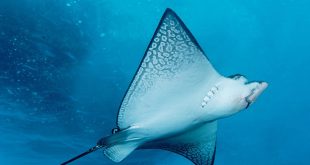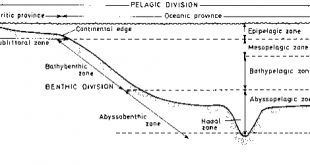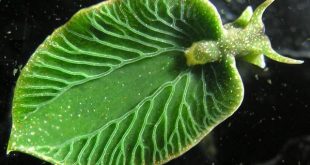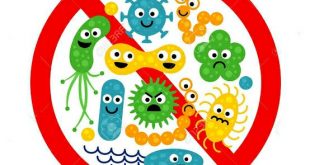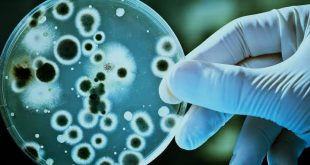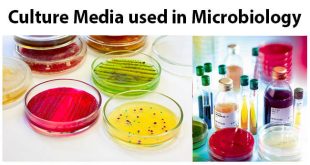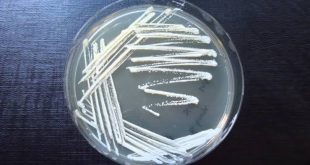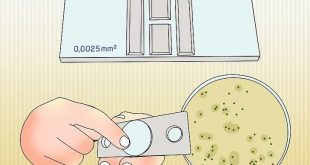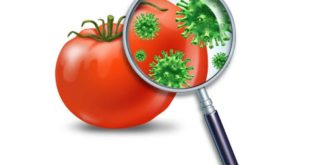Introduction Endless diversity of lives are there in the ocean which enthralls us absolutely to explore further. In that deep blue world, thousands of species are awaiting to be acquainted with us. They are the true components of the oceanic ecosystem who not only embellished “deep blue beauty” but also …
Read More »TimeLine Layout
October, 2020
-
19 October
Marine Environment: Classification & Productivity
The marine environment is an essential component of the global life-support system. Marine environment is different from the terrestrial and freshwater aquatic environment having high salt concentration. Its water covers approximately 71% of the earth’s surface. This is equivalent to 361 million sq. kilometers (139 million sq. miles). Average depth of …
Read More » -
17 October
Elysia chlorotica: The Solar-Powered Half Animal, Half Plant Sea Slug
When we think of animals and plants, we have a pretty good way of dividing them into two distinct groups: one converts sunlight into energy and the other has to eat food to make its energy. Well, those dividing lines come crashing down with the discovery of a sea slug …
Read More » -
17 October
The Path To Higher Studies In Canada: Part 2
This part is continuation of Part 1 of the topic!! 4. প্রফেসর শর্টলিস্ট করার কাজ শেষ, এখন কি করব? এখন হচ্ছে আপনার সবচাইতে গুরুতপুর্ন পদক্ষেপ। প্রফেসর দের কে ইমেইল করা। ইমেইল করার সময় অনেকগুলো বিষয় মাথায় রাখতে হবে। আমি সেই ব্যাপার গুলো একটা একটা করে পয়েন্ট আকারে …
Read More » -
16 October
Control of Microorganisms
Control of Microorganism by Heat Heat generally appears to kill micro-organisms by denaturing their enzymes: the resultant changes to the three-dimensional shapes of these proteins inactivate them. Heat resistance varies among different microbes. These differences can be expressed through the followings; Thermal death point (TDP) is the lowest temperature at …
Read More » -
16 October
Growth of Bacteria
Generation Time The time required for a cell to divide or a population to divide is known as the generation time. For bacteria it is the time, required for a complete fission cycle. Generation time depends on nutrient media, pH, temperature etc. The generation time “g” can be determined from …
Read More » -
16 October
Cultivation of Microorganisms: Types of Culture Medium
Solid, liquid, gel (semisolid) designed to support the growth and supply nutrients to any cell or microorganism is a culture medium. It is a special medium used in microbiological laboratories to grow different microorganisms. A microbiological culture medium must contain: Source of energy (chemicals for chemotrophs and lights for phototrophs) …
Read More » -
16 October
General Methods of Microbial Isolation
In microbiology, the term isolation refers to the separation of a strain from a natural, mixed population of living microbes, as present in the environment, in order to identify the microbes of interest. Isolation can be done from, for example, water or soil flora or from living beings with skin …
Read More » -
16 October
Measurement of Microbial Growth
Direct microscopic count The direct total cell count involves counting the number of cells in a simple microscopically. This technique is very similar to that used in blood cell counts. Scientists perform a direct microscopic count using a specially designed slide called a Petroff-Hausser cell counter/ counting chamber/ cytometer/ hemacytometer …
Read More » -
16 October
Microbiology of Food
Food is any substance consumed to provide nutritional support for the body. Food contains essential nutrients such as carbohydrates, fats, proteins, vitamins or minerals. Food is ingested by an organism and assimilated by the organisms cells to provide energy, maintain life or stimulate growth. Classifications of food According to Martin …
Read More »
 Plantlet The Blogging Platform of Department of Botany, University of Dhaka
Plantlet The Blogging Platform of Department of Botany, University of Dhaka
